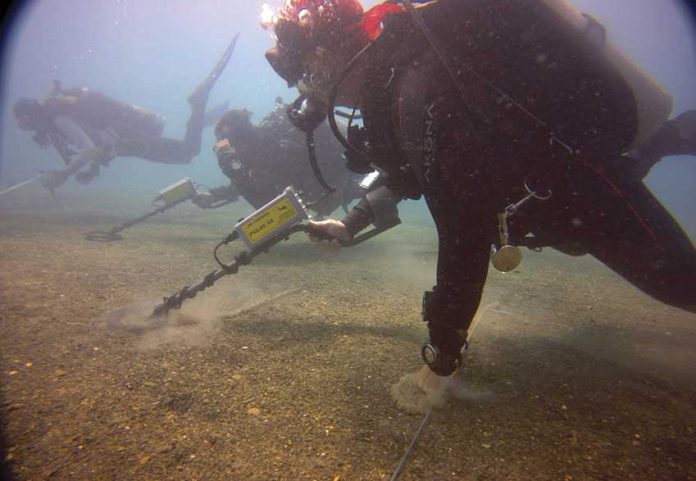Archaeologists from Mexico and the United States have begun exploring the depths of the Gulf of Mexico to search for ships sunk by Spanish conquistador Hernán Cortés five centuries ago.
Led by Dr. Roberto Junco, head of the Underwater Archaeology Department at the National Institute of Anthropology and History (INAH), the binational team is combing a 10-square-kilometer area of seabed off the coast of Actopan, Veracruz.
In 1519, historians say, Cortés scuttled 10 of the 11 ships that arrived in Mexico to ensure that the men under his charge would have no way to return to Cuba and would follow him on his expedition inland.
The 11th ship was sent back to Spain to relay news of Cortés’ plans.
The area being explored lies off the coast of Playa Villa Rica, a beach located about 75 kilometers north of the port city of Veracruz.
Junco explained that the team is using a magnetometer and a side-scan sonar, among other technologies, to aid the search project, which was made possible through a grant from the National Geographic Society.
“The function of the magnetometer is to detect variations in the earth’s magnetic field in the area we are surveying. The intensity and distribution of those variations allow us to create a map and define sites of high potential, where we later dive and dig,” he said.
Underwater archaeologists Frederick Hanselmann from the University of Miami and Christopher Horrel of the United States Bureau of Safety and Environmental Enforcement are also participating in the project.
The archaeologists say that metal artifacts such as nails, clips, anchors and other iron objects could be detected under the water and be indicative of where a ship was located.
“We know from documents, such as [Cortés’s] letters of relation [to Charles V, Holy Roman Emperor] and other sources like [conquistador] Bernal Díaz del Castillo’s account that Cortés didn’t burn his ships,” Junco said.
“That’s a myth created from references to ancient Greece. Rather he took everything from them that could be useful to him and then he punctured their hulls to sink them and eliminate the possibility that some of his troops might mutiny.”
In the past five centuries, only 19th-century historian Francisco del Paso y Troncoso has scoured the ocean floor to look for the sunken fleet but he didn’t locate any of Cortés’s vessels, which played a key role in the Spanish conquest of Mexico.
Source: EFE (sp)
